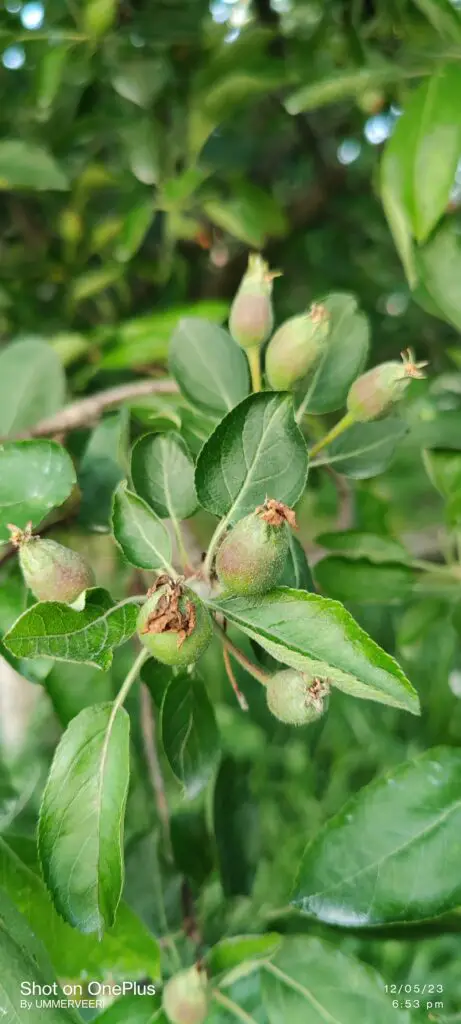
Growing apple trees can be a rewarding and profitable endeavor, but it requires proper care and management to achieve the desired yield. One important practice for maximizing your apple orchard’s yield is thinning. Thinning refers to the removal of excess fruit from the apple tree, and it plays a critical role in promoting the growth of healthy and high-quality fruit.
In this blog, we will discuss the importance of thinning and how it can help maximize your apple orchard’s yield
What is Thinning
Thinning is the process of removing excess fruit from the apple tree. This practice ensures that the remaining fruit receives the necessary nutrients and resources to grow and develop properly.
Thinning can be done by hand or using specialized equipment, such as mechanical shakers or pneumatic devices.
One of the key practices to achieve this goal is fruit thinning, which involves reducing the number of fruits per tree in the current season.
Fruit thinning can also improve the return bloom and yield in the next season, reducing the biennial-bearing tendency of some apple cultivars.
Why is Thinning Important
Thinning is an essential practice for apple orchard management, and it offers several benefits, including:
- Increased fruit size: Thinning allows the apple tree to channel its energy into the remaining fruit, resulting in larger and more desirable fruit.
- Improved fruit quality: Thinning promotes the growth of high-quality fruit by reducing the competition for resources and nutrients.
- Consistent crop production: Thinning helps to promote consistent crop production year after year, as it reduces the biennial bearing phenomenon, where apple trees produce a heavy crop one year and a light crop the next.
- Disease prevention: Thinning reduces the risk of disease and pest infestation by improving air circulation and light penetration within the tree canopy, which promotes a healthy growth environment.
How it is done
Fruit thinning can be done by hand or by using chemical thinners.
Hand thinning is expensive, labor-intensive, and often done too late to have a significant effect on fruit size and quality.
Chemical thinning, on the other hand, is more cost-effective and efficient, but also more variable and unpredictable.
Chemical thinners are plant-growth-regulating chemicals that interfere with the fertilization and development of apple flowers and fruits.
The most common chemical thinners are synthetic versions of natural plant hormones, such as auxins and cytokinins.
The effectiveness of chemical thinning depends on many factors, such as the chemical concentration, the application method and timing, the environmental conditions at the time of application and after, and the physiological state of the tree.
To optimize chemical thinning, growers need to consider all these factors and adjust their thinning program accordingly.
Application Time
One of the most critical factors for chemical thinning is the application timing.
Chemical thinners work best when applied during or shortly after bloom when the flowers and fruits are most sensitive to them. Applying chemical thinners too early or too late can result in over-thinning or under-thinning, respectively.
Pollen Tube Growth Model
To determine the optimal timing for chemical thinning, growers can use a tool called the pollen tube growth model. This model predicts how long it takes for pollen tubes to grow from the stigma to the ovary of apple flowers and fertilize the ovules. The model uses weather data from nearby weather stations and inputs from growers, such as the desired crop load per tree, the number of king blossoms per tree, and the average style length of apple flowers.
The model can help growers decide when to apply their first and subsequent thinning sprays.
The first spray should be applied when the model predicts that 100-110% of the mean style length has been reached by pollen tubes. This means that enough flowers have been fertilized to set the desired crop load, and any additional flowers should be thinned out. The subsequent sprays should be applied when 60% of the mean style length has been reached by pollen tubes. This will prevent any more flowers from setting fruit.
Using the pollen tube growth model can reduce some of the uncertainty and variability associated with chemical thinning. However, growers still need to monitor their orchards closely and evaluate their thinning results throughout the season. Some factors that can affect chemical thinning response are:
- The type and concentration of chemical thinner used
- The spray volume and coverage
- The temperature and humidity at the time of application
- The drying conditions after application
- The leaf epicuticular wax
- The level of bloom and fruit set
- The leaf area and carbohydrate reserves
- The temperature and sunlight after application
- The tree vigor
Final Thoughts
Fruit thinning is a complex and challenging task that requires careful planning and execution. However, it is also a rewarding one that can significantly improve your apple orchard’s yield and profitability.
By using tools like the pollen tube growth model and following best practices for chemical thinning, you can optimize your fruit thinning program and achieve your crop load goals.
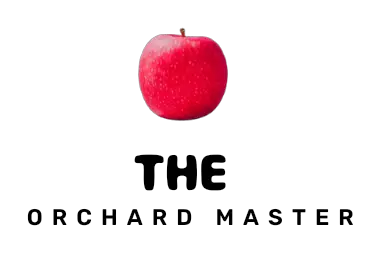
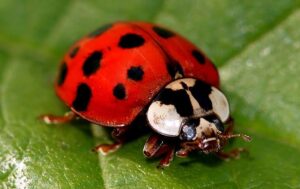
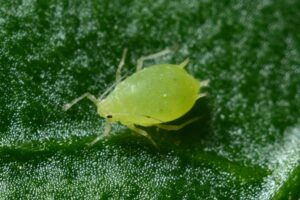
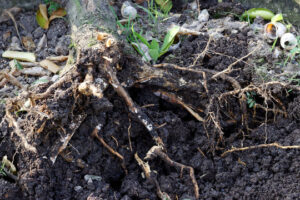
Excellent dear ,clear cut information presented in a simplified way…that is the art 🎨 👌 🙌 👍
Keep it up
Pingback: Bitter Pit in Apples: Causes, Symptoms, and Solutions - The Orchard Master
Pingback: How to combat Calyx End Rot in Apples - The Orchard Master
Pingback: Why Crop Load Management is Important in Apple Trees - The Orchard Master